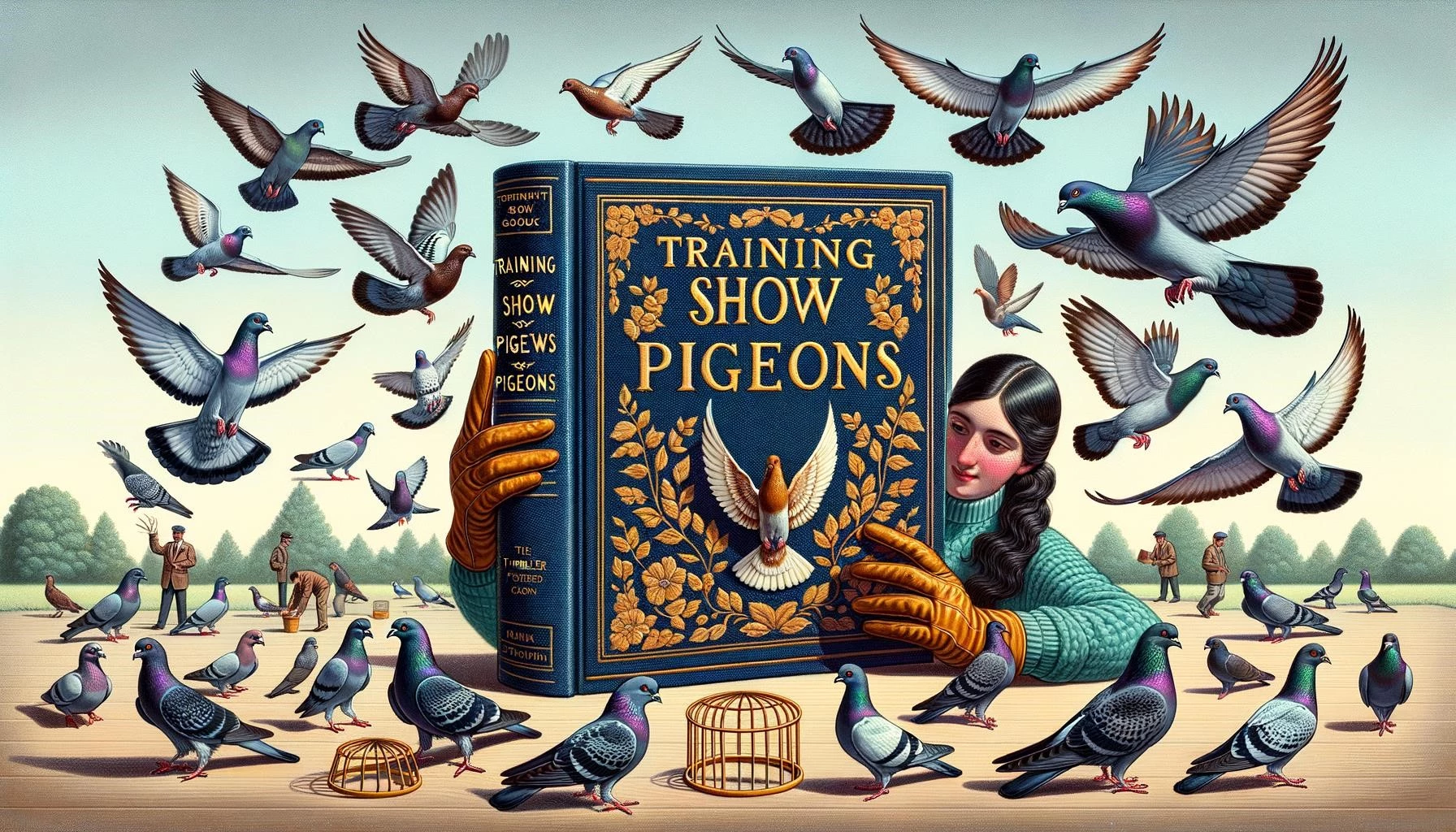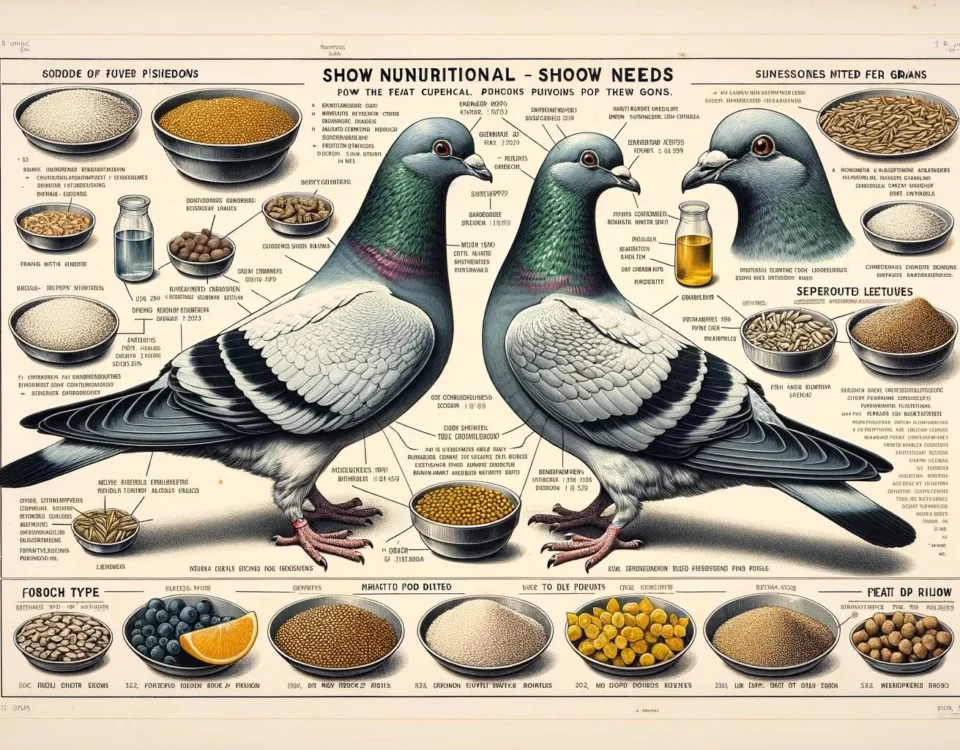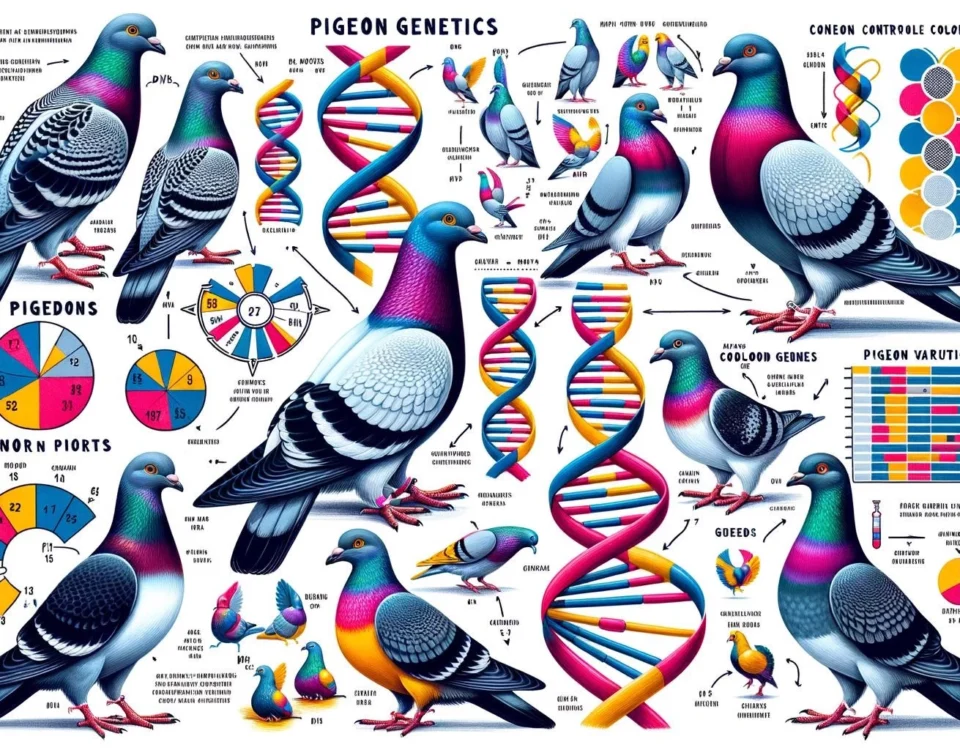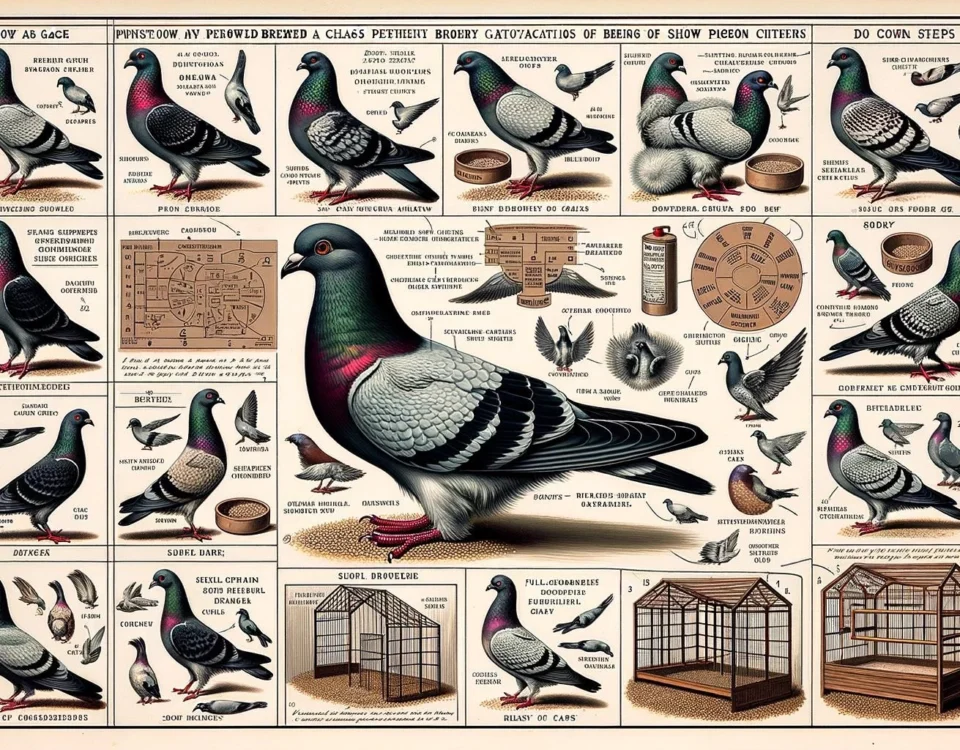Show pigeons are a unique breed of pigeons that are bred and trained specifically for exhibition purposes. These pigeons are known for their striking appearance, graceful movements, and distinct behaviors. Training show pigeons requires patience, consistency, and a deep understanding of their needs and behaviors. In this article, we will explore the key aspects of training show pigeons, including their socialization, handling, and conditioning. We will also discuss the importance of proper nutrition and exercise in maintaining their health and vitality. Lastly, we will explore the exhibition process and how to prepare show pigeons for competitions.
Key Takeaways
- Show pigeons are bred and trained for exhibition purposes.
- Training show pigeons requires socialization, handling, and conditioning.
- Proper nutrition and exercise are essential for maintaining their health and vitality.
- Show pigeons are prepared for competitions through careful grooming and presentation.
Socialization and Handling
Socialization is a crucial aspect of training show pigeons. It is important to expose the pigeons to various stimuli from an early age to make them comfortable around people and different environments. Handling the pigeons regularly helps establish trust and familiarity between the birds and their trainers. It is recommended to handle show pigeons gently and with care, avoiding any rough movements or unnecessary stress.
Additionally, show pigeons should be familiarized with the exhibition cage or loft where they will be displayed. This helps them feel at ease during competitions or public displays. Gradually introducing the pigeons to the show environment and allowing them to explore and become familiar with the surroundings can help reduce any anxiety or stress they may experience during exhibitions.
Conditioning and Training
To maintain the overall health and vitality of show pigeons, proper conditioning is essential. This includes regular exercise, a balanced diet, and a clean living environment. Providing ample space for flying and encouraging regular exercise helps keep the pigeons physically fit and mentally stimulated. Regular access to sunlight and fresh air is also beneficial for their well-being.
Training show pigeons involves teaching them certain behaviors and movements that are desirable in exhibitions. This can include training them to walk gracefully, spread their wings, hold certain postures, or perform specific flight patterns. Training sessions should be conducted in a calm and positive environment, using rewards and positive reinforcement techniques to encourage desired behaviors.
Grooming and Presentation
Grooming plays a crucial role in preparing show pigeons for competitions. This involves regular bathing, feather grooming, and nail trimming. Pigeons should be kept clean and their feathers well-maintained to showcase their best appearance during exhibitions. Proper grooming not only enhances their physical beauty but also promotes good health by preventing skin and feather-related issues.
In addition to grooming, presentation is key in showcasing the unique features of show pigeons. This includes careful selection and pairing of pigeons based on their breed, color, and markings. The arrangement and positioning of pigeons in the exhibition cage or on the show table should highlight their best attributes. Trainers often use accessories, such as perches or platforms, to create visually appealing displays that showcase the pigeons’ distinctive qualities.
In conclusion, training show pigeons requires a combination of socialization, handling, conditioning, grooming, and presentation skills. Show pigeons are unique birds that require special attention and care to maintain their health and appearance. With proper training and preparation, these pigeons can captivate audiences and excel in exhibitions, showcasing their beauty and grace.








